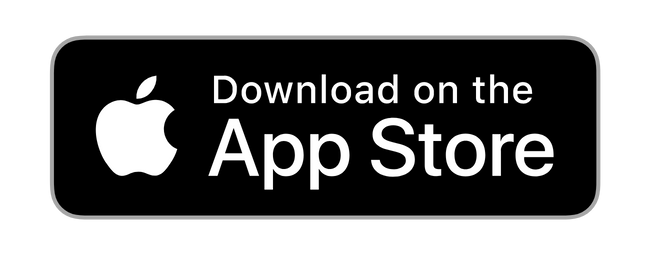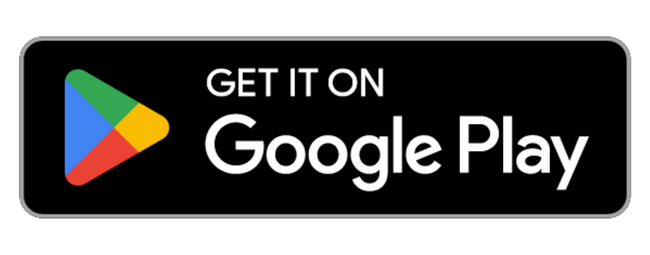
So you’re a new boat owner. Great! It is going to be a lot of fun. However, there are a few boating terms you should know before you head out on the water.
The below will help clarify key terms to reduce confusion and increase your safety.
Directions
You might know these already, but let us set the record straight in case there is any confusion.
Port – the left-hand side of the boat, when looking ahead.
Starboard is on the right side, when looking forward.
Bow is the front of the vessel, and the
Stern is the rear of a boat.
Aft – towards the direction of the stern
Forward – towards the bow.
These directions are important because most of the traffic rules on the water reference these terms. They also stop any confusion when calling out alerts or danger.
Your Boat
It is time to get up close and personal with your vessel. We are talking about the boating terms that refer to the parts of your boat that will need the most care and attention in and out of the water.
Hull – the body of your vessel. It keeps vessels afloat and protects internal components. Since it is in the water for long periods, it can accumulate a lot of wear and tear.
Bilge – the cavities between the hull and the deck where water collects. A bilge pump is used to remove the water, so the boat does not become overloaded.
Draft – the section of a boat that lies below the waterline. The draft determines the minimum depth of the water in which a vessel can float. It is specific to your boat and can range from 1 foot (a Jet-Ski) to 10 feet (a sailboat) or more. The draft includes anything that sticks under the boat, such as a rudder or propeller.
Rudder – the steering component that extends vertically beneath the hull. However, the rudder can not effectively maneuver a boat alone, it requires propulsion, and that is where the propeller comes in.
Propeller, or prop, is what moves a boat by creating thrust via rotating angled blades, but that is a lesson for another time.
Deck – Any exposed section of the boat that people walk or stand on above the waterline. From there, you can get to the
Helm – where steering and engine controls are located.
Cabin – any room built below deck. While not technically part of the deck, the
Transom – the flat section at the stern of a boat where an outboard motor is mounted.
These sections are the most exposed and most likely to experience water damage, sun exposure, and general wear and tear from everyday use. A consistent cleaning and maintenance regimen will keep everything in ideal condition and avoid unnecessary maintenance later on. You can check out our blog here for tips on cleaning and protecting your external components.
The Engine
Before we get any further, let’s focus on what makes a boat move. The engine is one of the most critical parts of your vessel. They come in many shapes and sizes, but there are two common types: inboard and outboard.
Inboard engines – motor and propellers that are mounted inside the hull of the boat with a straight shaft running through the hull. These inboard motors are great, but increase the draft because it is fitted below the waterline and cannot be lifted.
Outboard engine – an engine that is mounted outside the hull. This engine is attached to the transom and has a self-contained engine block, transmission, and lower drive unit. It can be tilted out of the water, allowing boats with outboard motors to moor in shallow water. Each engine type has pros and cons, and if you want to learn more about the best option for you, check out our side-by-side comparison.
Docking/Mooring
Now that you know the parts of your boat and how it moves, it is time to dive into the pieces that make sure it stays put when you are not around.
Docking and mooring are extremely important. A few mistakes and your boat might take a trip out to sea without you. So we are going over what you need to know about the dock and your boats docking equipment.
Docking – the act of tying up a vessel to a dock, pole, or some other permanent physical structure. That physical structure is the
Mooring – the physical structure to which a vessel can be tied.
Dockline – a braided rope or 3-strand nylon. Dock Lines are designed to secure a boat to a bulkhead, a dock, in a slip, or to another vessel. The last thing anyone needs is for a line to break when the weather is rough.
Cleat – a metal or plastic fitting used to securely attach a line to your vessel, on the boat and a mooring. For additional protection, a fender is often tied to a cleat as well.
Fender – inflatable cushions used to protect a boat from contact against pilings, docks, piers, bulkheads, or wherever you tie-up.
Safety
There are a couple of boating safety terms every boater needs to know, and you have probably heard of the next one.
Personal floatation device. Also known as a PFD, life jacket, life vest, life ring, buoyant cushions, or any number of other names. They come in many shapes and sizes, but all refer to the same idea: a personal device that keeps an individual afloat if they fall into the water. There should always be a PFD for each person on the boat.
While these next items are not things you own, it is good to know about buoys and beacons.
Buoys – floating markers in the water that indicate directions, hazards, and edges of channels.
Beacons – like buoys, but they are attached to the bottom by pilings.
There are many types of buoys and beacons, all with unique meanings associated. If you want to learn more about what each type means, you can start by reviewing our blog on Buoys, Beacons, and Lights, this guide from the US Coast Guard, or this website from Transport Canada.
It seems like a lot of boating terms now, but you will fit right in on the dock in no time.
Wavve Boating is available on the Apple App Store and Google Play Store via two subscription options of $7.99/month or $45.99/year. New users are offered a 14 day trial to see if the app is a fit for them.
About Wavve Boating
Founded in Kingston, Ontario, Canada, Wavve Boating (Wavve) is a mobile application designed for the recreational boater. With nautical charts from the National Oceanic Atmospheric Administration and Canadian Hydrographic Services, Wavve has been growing their consumer base across North America since May of 2018. Available on all Apple and Android devices, Wavve offers a simple platform so anyone can boat like a local. For more information visit wavveboating.com.








